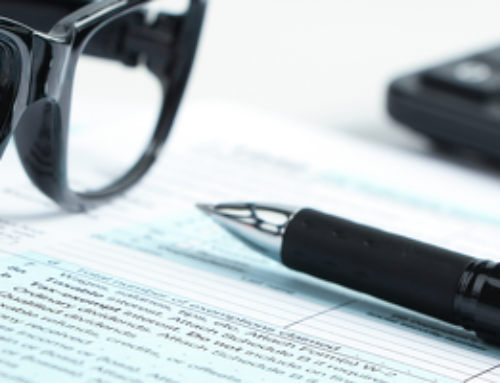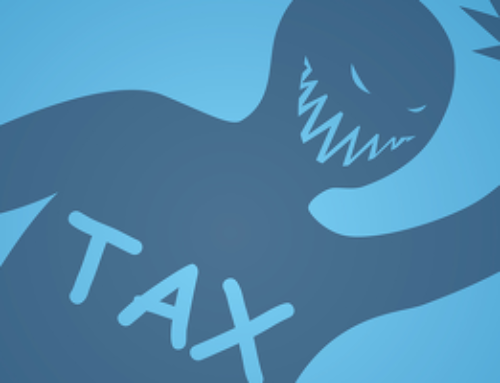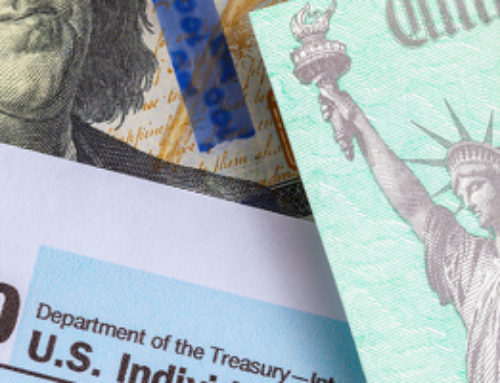Millions of taxpayers receive refunds each year. Will you be among them? Most of us will happily accept our tax refund checks, because we can usually use the money. However, it’s important to understand that refunds actually cost you money. Here’s why:
* The government pays no interest on refunds. Kept in your hands, those dollars could have been productive. For example, you could have invested the money or used it to pay off your debt during the year. If the money had been added to a 401(k) plan, tax could have been deferred on both the investment and its earnings. Even better, your employer might have matched all or part of your investment, adding to your retirement savings.
* Refunded cash is not available for use until actually received. Even though most taxpayers get their refund checks promptly, circumstances or errors can delay (or stop) a refund.
To manage potential tax refunds, consider reducing your withholding or estimated tax payments. For most taxpayers, withholding must equal either the prior-year’s tax or 90% of the current year’s liability. If your annual income changes little, it’s relatively easy to avoid overwithholding. You should consider filing a revised Form W-4 withholding statement with your employer if you’re having too much withheld.
For taxpayers with fluctuating income or multiple sources of income, the problem is more complex. The IRS provides a worksheet with Form W-4, but many people find the form complicated. If you’d like assistance adjusting your withholding, contact our office.







Leave A Comment